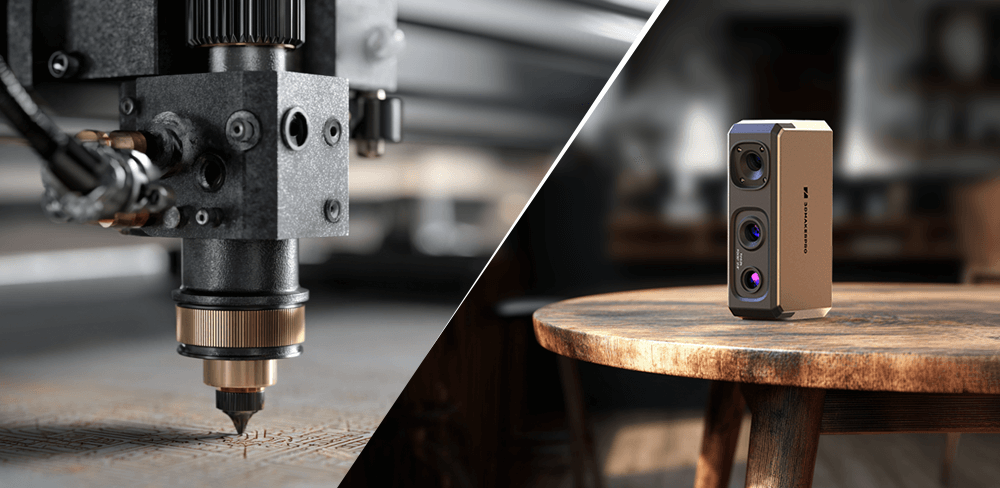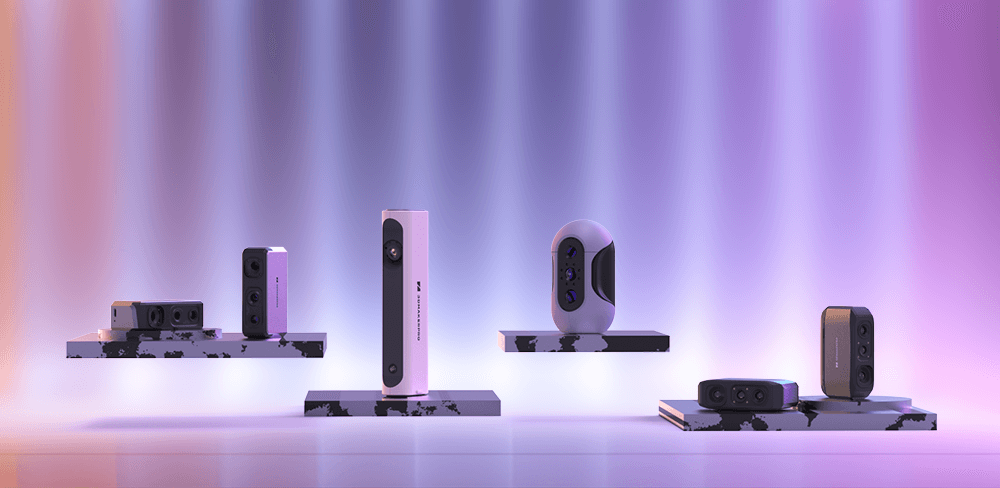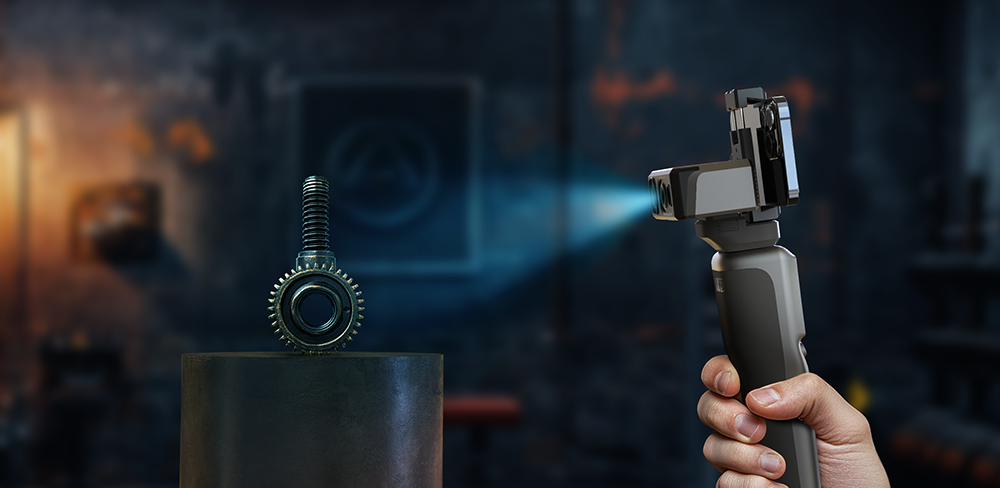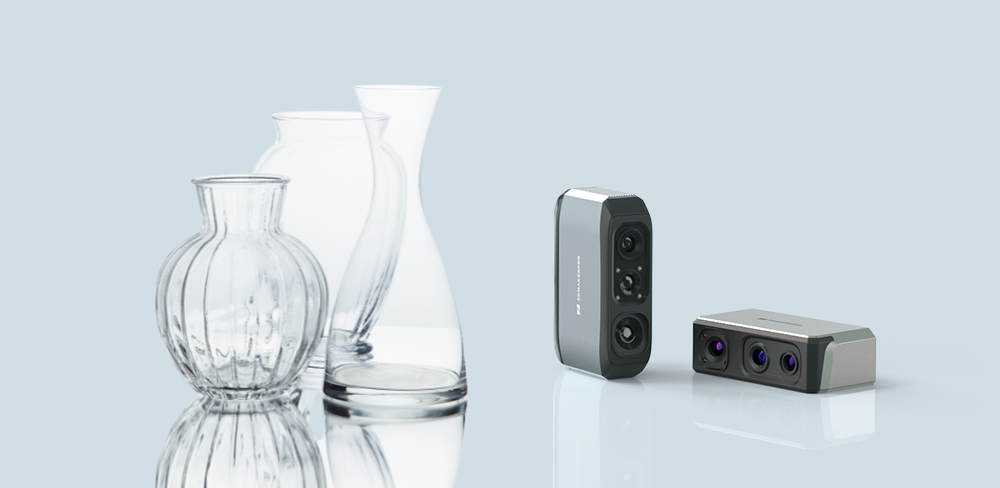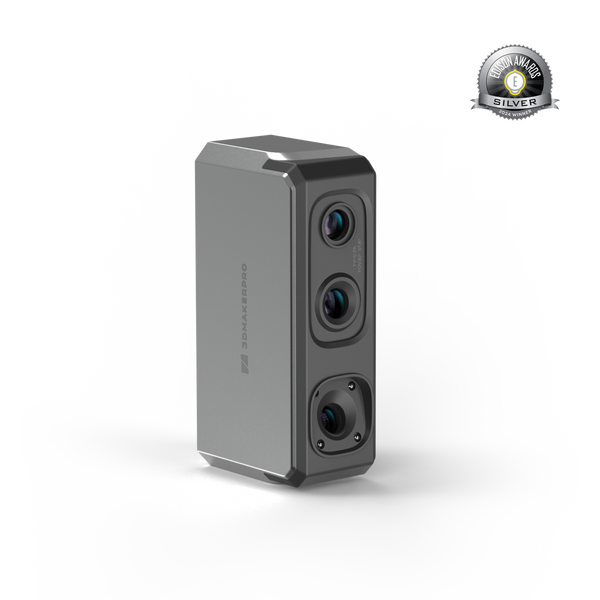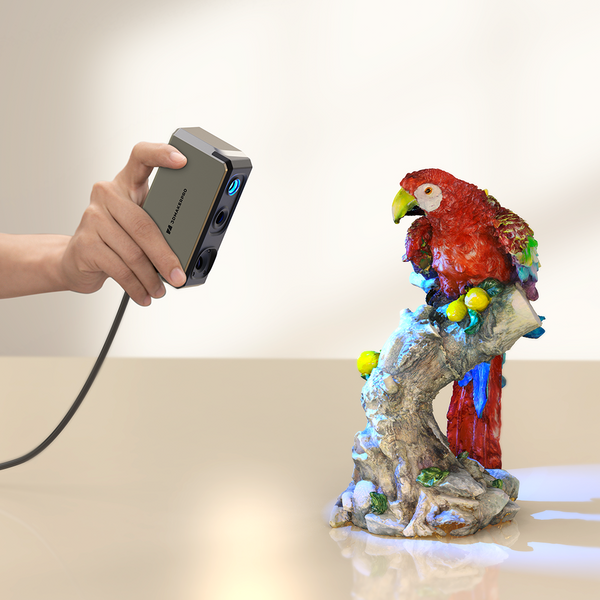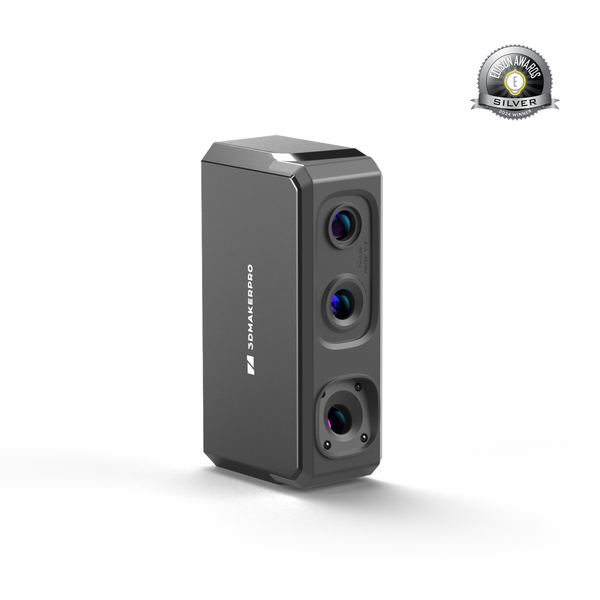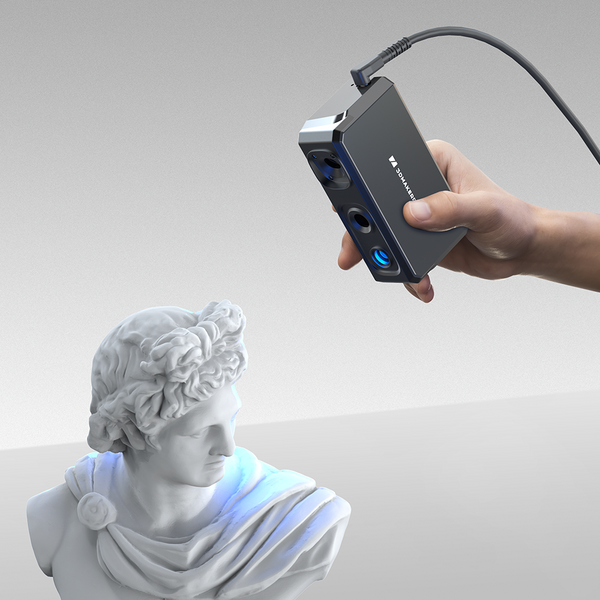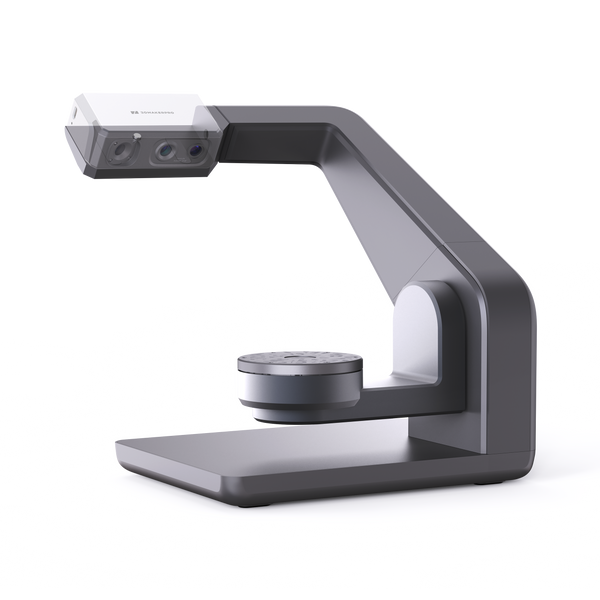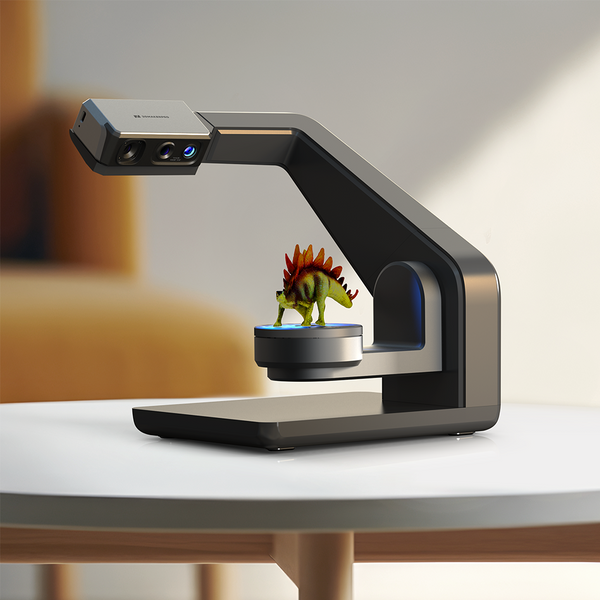In the world of precision measurement and quality control, the tools we choose can significantly impact our production processes and outcomes. Two of the most widely used technologies in this field are Coordinate Measuring Machines (CMM) and 3D scanners. While both serve the crucial purpose of assessing the dimensions and geometries of parts, they differ fundamentally in their methodologies, applications, and outputs. This blog will explore the key differences between CMM machines and 3D scanners, and explain why our Seal 3D Scanner outperforms traditional CMMs.
Understanding CMM Machines
“A coordinate-measuring machine (CMM) is a device that measures the geometry of physical objects by sensing discrete points on the surface of the object with a probe. Various types of probes are used in CMM machines, the most common being mechanical and laser sensors, though optical and white light sensors do exist. Depending on the machine, the probe position may be manually controlled by an operator or it may be computer-controlled. CMM machines (coordinate-measuring machine) specify a probe's position in terms of its displacement from a reference position in a three-dimensional Cartesian coordinate system (i.e., with XYZ axes).” -- From Wikipedia
Understanding 3D Scanner
“3D scanning is the process of analyzing a real-world object or environment to collect three-dimensional data of its shape and possibly its appearance (e.g., color). The collected data can then be used to construct digital 3D models. 3D scanning includes industrial computed tomography scanning, structured-light 3D scanners, and LiDAR 3D Scanners can be used to construct digital 3D models, without destructive testing. -- From Wikipedia
A structured-light 3D scanner is a device used to capture the three-dimensional shape of an object by projecting light patterns, such as grids or stripes, onto its surface. The deformation of these patterns is recorded by cameras and processed using specialized algorithms to generate a detailed 3D model.
The Seal 3D Scanner offers exceptional accuracy of 0.01mm and a resolution of 0.05mm. With a frame rate of 10fps and advanced AI visual tracking, it operates effectively within a work distance of 180-280mm, providing flexibility for various environments. Its versatile scanning capabilities include a single capture range of 100x75mm and a broader scanning range of 10-300mm, while a blue light source enhances detail capture and reduces ambient light interference, easily realization of color imaging.
Types of CMM Machines
1. Bridge CMM
The most prevalent type, featuring a bridge-like structure that allows the probe to move along three axes. This design is perfect for measuring large components and offers high precision, making it a staple in many manufacturing settings.
2. Horizontal Arm CMM
Tailored for larger parts, this type is commonly used in the automotive industry. The horizontal arm design allows for easy access and versatility, enabling operators to measure complex geometries with ease.
3. Portable CMM
Lightweight and adaptable, portable CMMs are perfect for on-site measurements. Equipped with advanced laser scanning capabilities, they can quickly gather data from various locations, making them invaluable for field inspections.
4. Articulated Arm CMM
Featuring a flexible arm design, articulated arm CMMs allow for exceptional maneuverability. This type is ideal for intricate measurements in tight spaces, such as within complex assemblies or when dealing with delicate components.

Types of 3D Scanners
1. Laser Triangulation Scanners
Laser triangulation scanners are a top choice when precision and surface detail matter most. Their high resolution and accuracy make them ideal for reverse engineering, quality inspection, and manufacturing workflows where dimensional tolerance is critical. However, they require controlled lighting and struggle with transparent or reflective surfaces, so they are best used in indoor, stable environments.
2. Structured Light Scanners
Structured light scanners offer an excellent balance between speed and accuracy. Their ability to rapidly capture detailed surface data makes them perfect for scanning objects like consumer products, dental models, or sculptures. While they perform best in static and well-lit environments, their sensitivity to motion and ambient light should be taken into account during setup.
3. Time-of-Flight (ToF) Scanners
ToF scanners are tailored for scanning large spaces rather than fine-detail objects. Their fast acquisition speed and long-range capabilities make them a go-to for architecture, civil engineering, and construction. Although they lack the fine precision of short-range scanners, they excel at capturing room-scale or building-scale data efficiently.
4. Photogrammetry
Photogrammetry stands out for its affordability and texture richness. With just a digital camera and good software, users can create photorealistic models of objects, scenes, or landscapes. While it doesn’t match the geometric precision of laser or structured light systems, it shines in fields like cultural heritage preservation, visual effects, and hobbyist 3D modeling.
5. Laser Pulse Scanners (LiDAR)
LiDAR scanners are unmatched when it comes to scanning vast terrains or complex environments such as forests, cities, or industrial sites. Their ability to operate in bright sunlight and map inaccessible areas makes them essential in geospatial analysis, autonomous vehicles, and urban planning. While expensive, they are indispensable for large-scale, outdoor 3D data collection.
6. Contact Scanners
Contact scanners remain the gold standard for ultra-precise metrology. Used primarily in industrial quality control and coordinate measuring machines (CMM machines), they offer unparalleled accuracy by physically probing the object. However, their slow speed and inability to scan soft or delicate objects limit them to specific, high-precision, small-scale applications.
7. Handheld 3D Scanners
Handheld scanners combine flexibility and mobility, making them ideal for scanning hard-to-reach places, live subjects (like humans), and mid-sized objects. Their convenience and user-friendliness make them popular across industries like medical, manufacturing, and creative arts. However, accuracy depends heavily on the user’s technique, and post-processing is often required.
8. Desktop/Stationary 3D Scanners
Desktop scanners offer high-quality scans of small objects in a compact, controlled setup. Frequently used for jewelry, dental parts, or small mechanical components, these systems are valued for their accuracy, automation, and ease of use. However, they are limited to items that can fit within their scanning volume and are not suited for field work.
CMM vs. 3D Scanner (with Seal 3D Scanner Example)
| Feature | CMM (Coordinate Measuring Machine) | 3D Scanner (General) | Seal 3D Scanner (Example) |
| Measurement Method | Contact (tactile probing) | Non-contact (light, laser, or images) | Non-contact (blue light, structured illumination) |
| Accuracy | Extremely high (±0.002–0.01 mm) | Moderate to high (±0.03–0.1 mm typical) | ±0.01 mm (very high for a handheld scanner) |
| Resolution | Point-to-point; limited to probe path | High point density; full surface data | 0.05 mm |
| Speed | Slow (point-by-point) | Fast (thousands of points per second) | 10 fps (fast, efficient for small objects) |
| Surface Sensitivity | Insensitive to color, reflectivity, or texture | May struggle with shiny/dark/transparent surfaces | Blue light + AI tracking improves performance |
| Texture Capture | No | Yes (varies by model) | Supports color texture |
| Best For | Rigid, high-precision parts | Freeform, complex, organic shapes | Small, detailed, colored objects |
| Working Distance | Fixed probe position | Varies by model | 180–280 mm |
| Capture Volume | Limited to machine bed size | Varies widely (mm to meters) | 100×75 mm single capture; 10–300 mm range |
| Mobility | Stationary; lab/industrial use | Desktop or portable, depending on type | Handheld, compact (254g, 110×60×35 mm) |
| Environmental Needs | Stable lab conditions ideal | Light-sensitive; some models work outdoors | Works in indoor environments, stable lighting best |
| Post-Processing | Minimal; often direct to inspection software | Required (mesh cleanup, alignment, etc.) | Easy alignment with AI visual tracking |
| Cost | $30,000-$250,000 | $100-$100,000 | $359-$699 |
Conclusion
In today’s fast-paced inspection and design environments, both CMM machines and 3D scanners serve essential roles—CMMs excel in ultra-precise, contact-based measurements for rigid parts, while 3D scanners offer faster, more flexible, non-contact scanning. The Seal 3D Scanner stands out with 0.01mm accuracy, AI visual tracking, and blue light technology, delivering industrial-grade results in a compact, portable form. For users needing speed, detail, and color capture across various applications, Seal offers a powerful alternative to traditional CMMs.


